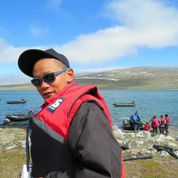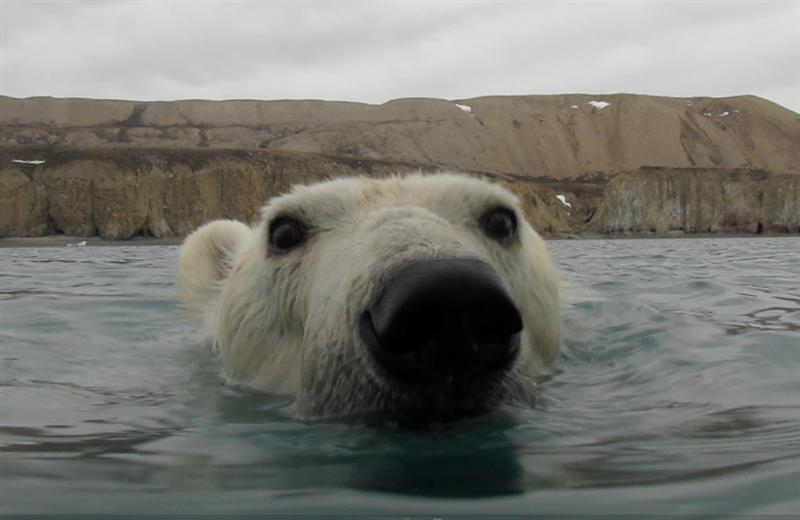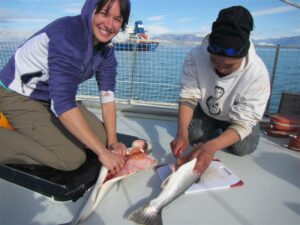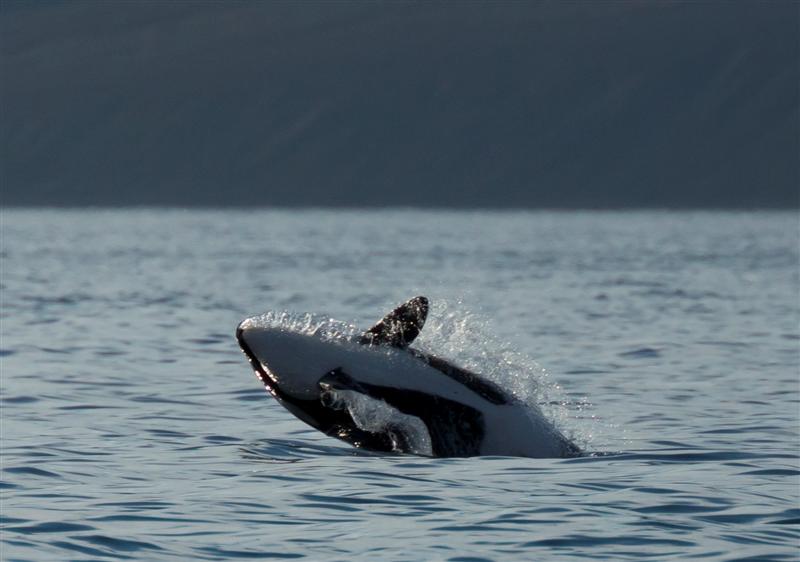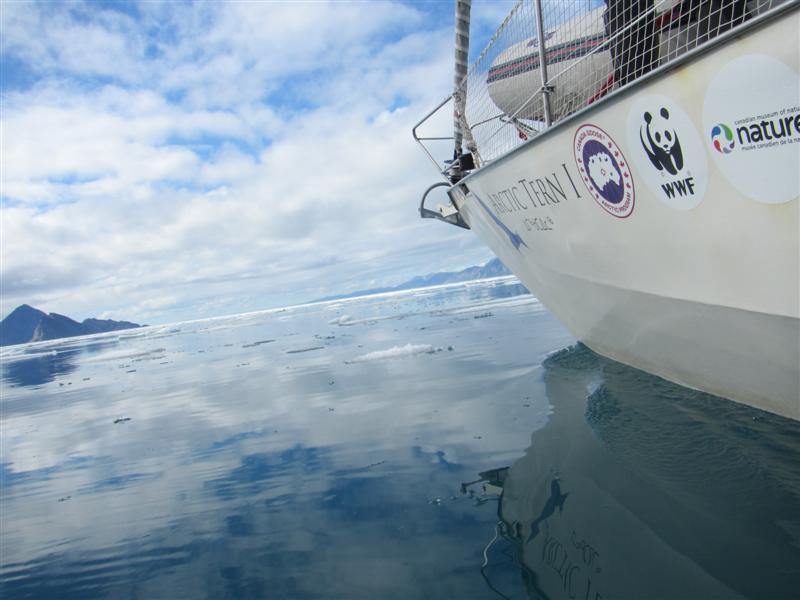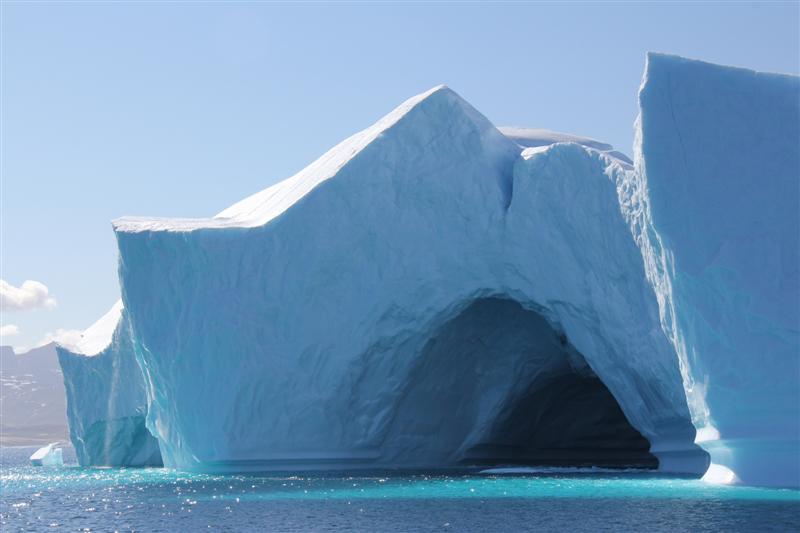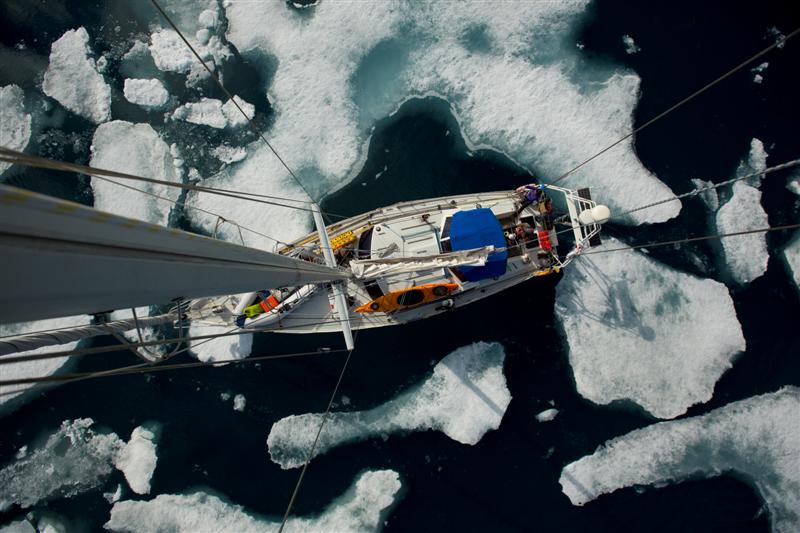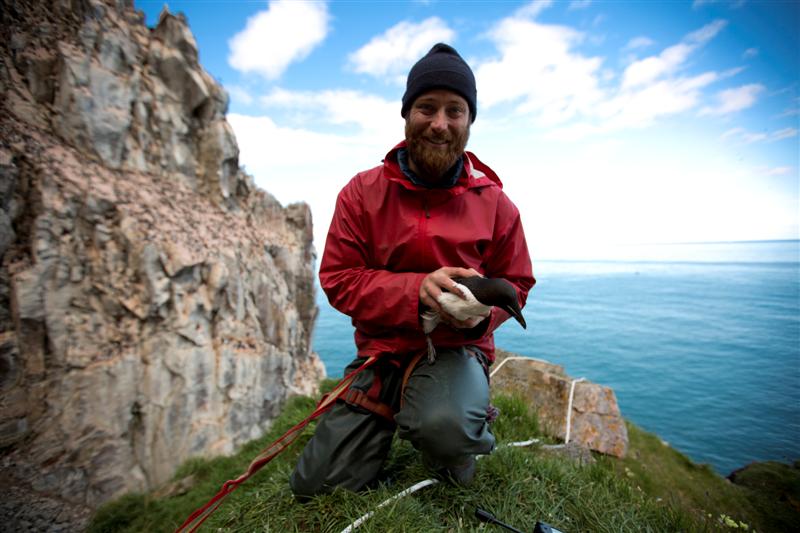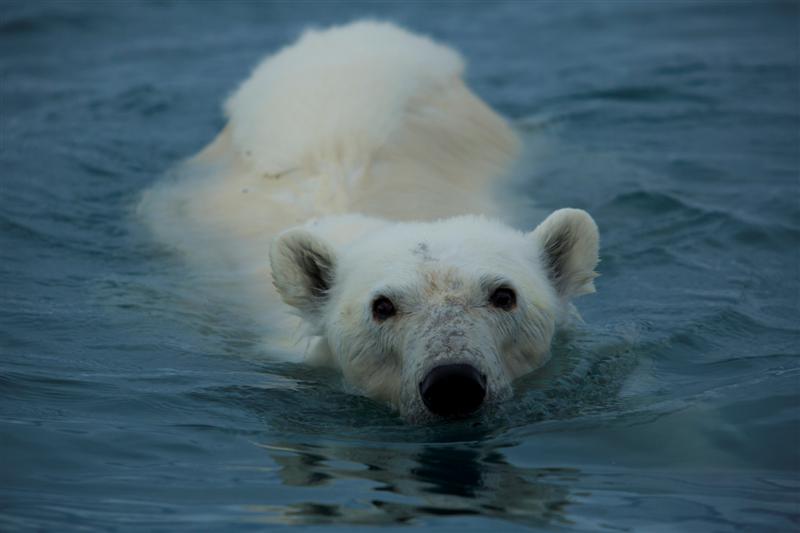WWF took part in the 2014 “Students on Ice” expedition from Arctic Canada to Greenland, both sponsoring students, and helping give the students useful skills. WWF staff member Sue Novotny blogged from the expedition.
It feels like we wrapped a lifetime of experiences into 2 weeks. We bobbed in the water with a polar bear, hiked mountains few people have visited, saw the evidence of climate change first hand, heard the stories of elders, and made lifelong friends.
Now we’ve all headed home, but both students and staff are keeping the expedition spirit going with the busy sharing of photos, videos and well-wishes on Facebook. I spoke with our WWF-sponsored students one last time before we parted ways (but hopefully not for long!).
What was your favourite part of the expedition?
Paninnguaq:
I really loved to see Canadian people [who] really look like Greenlanders. I really saw the connection between our people, and I’m surprised that we aren’t connected that much as people.
Tat:
When we were on the land exploring Greenland. It was very exciting to perform [in the community centre in Nanortalik].
Excerpt from “This is who we are”, written and performed by Tat on the expedition
It’s a beautiful scenery
I live in the arctic, complicated, beautiful
…We go hunting often going with no flow
Loving, caring, all we know
Inuk pride, broken lives, fixing struggles
Adapting, catching, nothing but survival rights
No hate, living cycles, crafts and arts
This is who we are.
Highlights from Greenland, including Tat’s performance:
What did you learn?
Tat:
I learned that there are many opportunities if you step in.
Paninnguaq:
I learned a lot about nature, vegetation and birds in Canada, but also in my own country.
What’s next?
Tat:
I’m probably going to school.
Paninnguaq:
To get more life experience. I want to be able to write books. This helped me to think about Greenland’s future and how it can look.


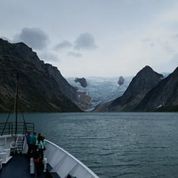


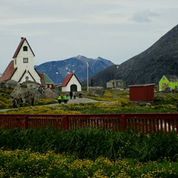

 I got to use an ice table for lunch [fresh char and bannock, cooked by elders on the beach]. I loved that we went to a waterfall to get water for our bottles. And to hear elders talk about how they were moved from their communities. It was very emotional. We really understood what it had been like.”
I got to use an ice table for lunch [fresh char and bannock, cooked by elders on the beach]. I loved that we went to a waterfall to get water for our bottles. And to hear elders talk about how they were moved from their communities. It was very emotional. We really understood what it had been like.”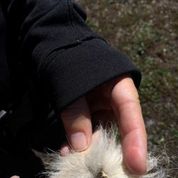
 uards keeping lookout, we picked our way to the top of a deceptively steep mountain. Happily, neither black bears nor polar bears seem interested in tangling with our group of 130 people.From our vantage point on top of the mountain, we could see for who knows how many kilometres in every direction – but no bears in sight.
uards keeping lookout, we picked our way to the top of a deceptively steep mountain. Happily, neither black bears nor polar bears seem interested in tangling with our group of 130 people.From our vantage point on top of the mountain, we could see for who knows how many kilometres in every direction – but no bears in sight.